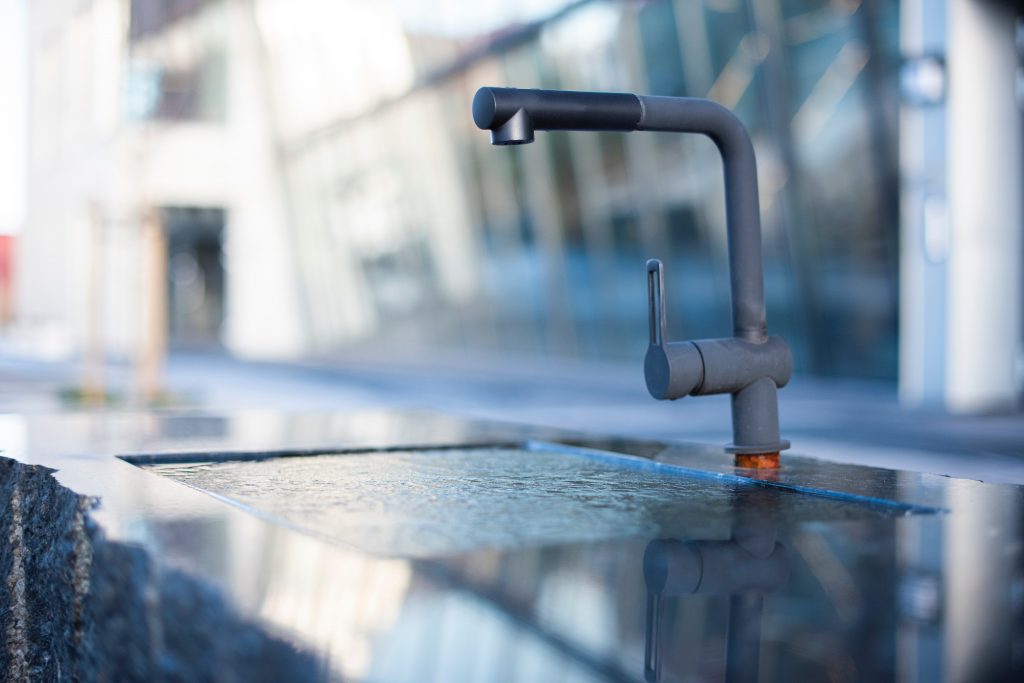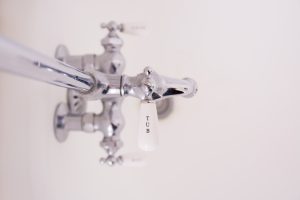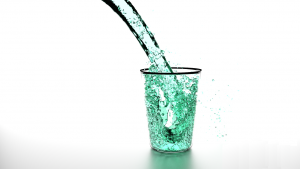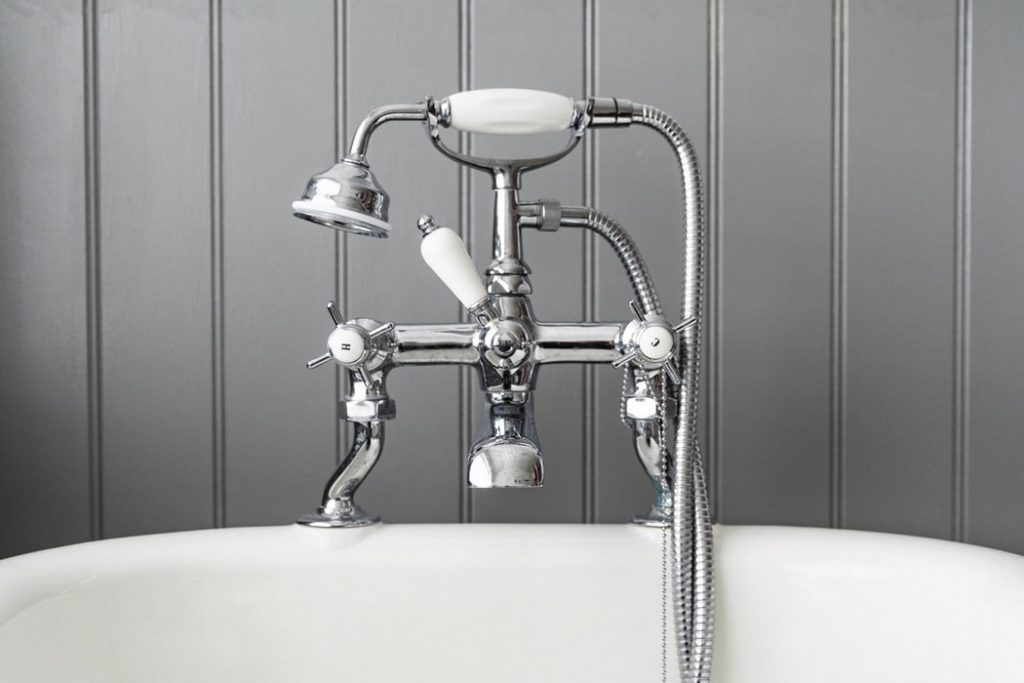Distilled water is useful for a variety of applications. If you use it on a regular basis, though, distilled water can prove costly and inconvenient to have to buy constantly. Please refer to our several service areas, including Chandler, Buckeye and Scottsdale, for your plumbing and HVAC needs.
In this post, we’ll show you how to make distilled water easily. We’ll also give you some more detailed guidance on what you should use this water for.
While you are here, also check out Maricopa county air quality report.
How to Make Distilled Water: What You Should Know First
As we mentioned in this article, distilled water is not ideal for drinking, particularly if you’re making it yourself. The distillation process may kill microbes but it leaves chemicals like heavy metals behind. Without further processing, you’ll end up drinking the same chemicals you were probably trying to avoid.
Additionally, distilled water pulls minerals from any material it comes into contact with. In other words, if you store your homemade distilled water in a plastic jug for extended periods of time, you’ll find that chemicals begin to leak into it. This exacerbates the drinkability issue.
If you’re looking to purify water for drinking purposes, you’ll find whole house water filters to be much more effective. You can also check out the Pro Health System which is a seven-stage whole house water filtration system that is perfect for Phoenix, AZ residents.
As for distilled water, you’ll find it very helpful for things such as:
- steam ironing your clothes
- filling your aquarium
- conducting experiments
- using equipment such as guitar humidifiers
- filling CPAP devices and other medical gear
How to Make Distilled Water Easily
The Process
Before we get into the steps, let’s briefly explain what happens during the distillation process.
While many people mistakenly believe that distillation simply involves boiling your water, it’s a bit more complicated than that.
Distillation is a chemical process through which you boil water into a vapor and then condense it back into a liquid. It’s good for a lot more than just water, too; for example, alcohol manufacturers use distillation to extract liquor.
Primitive forms of distillation have existed for centuries; Aristotle once marveled at how it could transform seawater into something purer.
Today, distillation plants are large operations relying on different forms of the chemical process, including:
- Simple distillation
- Steam distillation
- Fractional Distillation
- Vacuum Distillation
The technique you’ll likely be using at home is steam distillation. We’ll share a few other methods as well, though.
How to Make Distilled Water at Home Using Steam
Here’s the first and arguably the simplest method.
- Fill a large pot partially with water.
The pot should be stainless steel and capable of holding roughly five gallons of water. It should also have a lid.
- Place a bowl in the center of the pot.
This bowl is what’s going to collect the distilled water so make sure it’s fairly large in relation to the amount of water in the pot.
- Place the lid on the pot upside down.
- Place the pot on a burner and switch your stove on.
The water doesn’t need to reach boiling temperatures although that’s fine if it does.
- Place something cold (such as ice cubes or a cold pack) on the lid.
As the water inside the pot gets heated, droplets (condensation) will form on the lid. The ice cubes (or other cold material) on the other side of the lid will help with this process. The distilled water will fall back down into your bowl.
- Store the distilled water wisely.
Once this process is complete, you’ll need to find a suitable container to store your distilled water in. Dishwasher-safe glass is ideal. Only use plastic if you plan on storing the distilled water for a limited period of time; remember, chemicals will easily leak from the plastic into your water if you’re not careful.
Method #2
The above method works great if you don’t mind leaving your distilled water to cool before you use it. If, however, you need to use the water immediately after distilling it, here’s what you do.
Instead of placing a bowl in the pot to catch the condensation, you’ll want to funnel it outside to a separate container.
Place a large funnel over the pot and then connect tubing to your separate bottle. You’ll need to place the separate bottle on a lower plane than the pot since you’re relying on gravity to pull it through the tubing.
If you’re looking for how to make distilled water from tap water, one of these two methods is your best bet.
How to Make Your Own Distilled Water Using Natural Precipitation
Did you know that precipitation is a natural form of distillation? Think about it: water rises from oceans and lakes before condensing into droplets and falling back to earth in the form of precipitation.
In areas with minimal pollution, this precipitation is about as pure as water can get. In smog-ridden cities, however, pollution contaminates the droplets as they fall back to earth. As such, you’d likely want to process the water further.
Here’s how you do it.
- Store the precipitation in a container.
- Allow sediment to settle on the bottom of your container.
- Run the water through a coffee filter before using it.
You’re probably not going to want to drink this water unless you’re in a dire situation. This is still a good method to have in your back pocket if you need distilled water regularly and live in an area where it rains a lot.
How to Make Distilled Water for Your Humidifier Using a Kit
While the steam method is great and easy, it does have some downsides. For one, you’ll need to use electricity. This isn’t a huge deal if you only need distilled water once in a while.
If, however, you need it on a regular basis, you may find it more effective to purchase a distillation kit.
These kits come in the form of electric devices that more or less handle everything for you. YOu can find them from $100 to $1,000 or more.
Alternatives to Distillation
As mentioned earlier, distillation isn’t ideal for every application. If you need something more versatile, you might prefer a point-of-entry water filter like the Big Blue, which we wrote about here.
If point of entry filters aren’t an option, you can also buy a reverse osmosis system that purifies water at a single faucet.
Advantages of a reverse osmosis system over distillation include:
- Versatility: Reverse osmosis water is safe for you to drink and pure enough for you to use in most experiments. It lacks minerals, which is what you want to avoid with tap water.
- Cost-Effectiveness: Reverse osmosis water, as discussed here, is much cheaper than buying bottled water. You’ll save hundreds of dollars annually.
- Environmentally-Friendly: While many people mistakenly believe reverse osmosis is wasteful, nothing could be further from the truth. Rather than wasting water, reverse osmosis systems conserve it, which you can read about here.
The benefits of reverse osmosis water make it an easy and viable alternative to distillation. So If you’re looking for a worthy alternative, reverse osmosis systems are the way to go.
Water softening is another technique you may want to consider. Softening will eradicate mineral buildup through a process known as “ion exchanging.” Softeners are not, however, designed to remove contaminants like chlorine and heavy metals. Most people treat them as a precursor to other types of filtering.
How Can You Make Distilled Water at Home: Conclusion
Making distilled water at home is relatively easy. The simplest method involves boiling water and then catching the condensation. While this (and some of the other methods we mentioned) is great if you only need to distill water occasionally, regular users would likely benefit from a dedicated system.
You can also use a reverse osmosis system to purify your water if you’re also looking for something drinkable.
Found this useful? Check out Heat Pump vs AC and furnace or visit our Phoenix AC technician page to further your career.
Frequently Asked Questions
How do you make distilled water easily?
Arguably, the easiest way to make distilled water is to purchase a kit. If you’re looking to make it without any dedicated equipment, however, here’s what you do. Fill a large pot with water and place a bowl in the center so that it floats. Put the pot’s lid on upside down then turn your stove on and place something cold (like a few ice cubes) on it. Condensation will collect inside of the bowl.
What is the difference between distilled water and purified water?
While both types of water are largely void of contaminants, how they arrive at that state is what sets them apart. Purification typically involves passing the water through a series of filters, which is much more reliable and convenient for most residential purposes. Distillation is popular in industrial applications or when using equipment such as humidifiers.
What does drinking distilled water do?
Drinking distilled water isn’t harmful. You might not like the taste due to the lack of minerals in distilled water but it’s perfectly safe and fine to drink.
What does distilled water taste like?
Distilled water doesn’t take like much of anything. If you’ve been drinking tap water for years, you might find distilled water a bit off-putting. Much like with softened water, though, you’ll get used to it.














